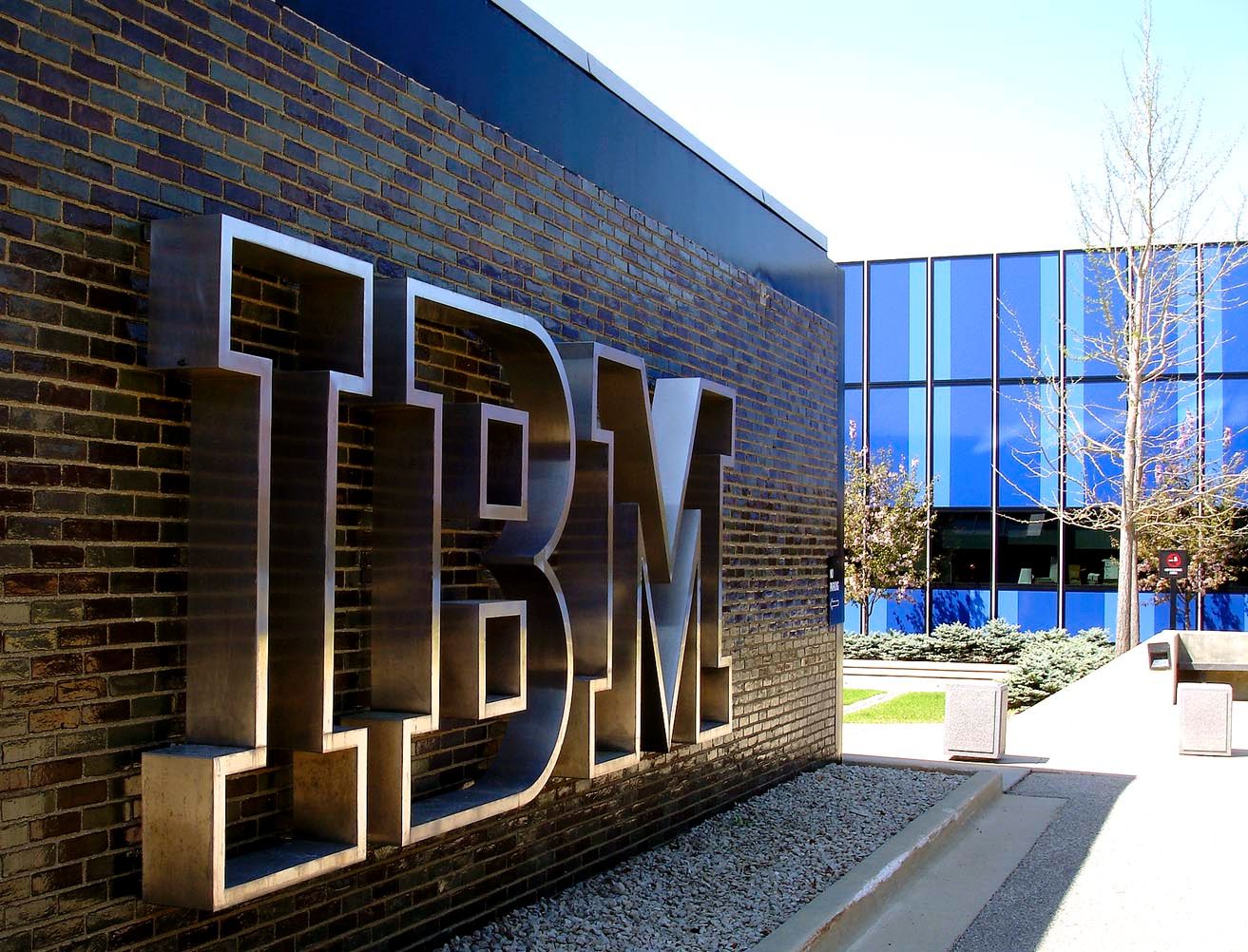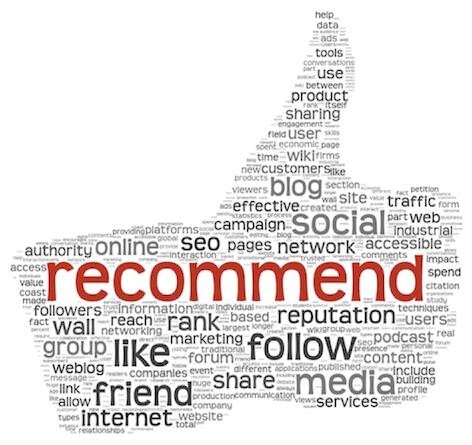IoT (Internet of Things) is an advanced automation and analytics system which exploits networking, sensing, big data, and artificial intelligence technology to deliver complete systems for a product or service. These systems allow greater transparency, control, and performance when applied to any industry or system. IoT systems have applications across industries through their unique flexibility and ability to be suitable in any environment. They enhance data collection, automation, operations, and much more through smart devices and powerful enabling technology.
IoT systems allow users to achieve deeper automation, analysis, and integration within a system. They improve the reach of these areas and their accuracy. IoT utilizes existing and emerging technology for sensing, networking, and robotics. IoT exploits recent advances in software, falling hardware prices, and modern attitudes towards technology. Its new and advanced elements bring major changes in the delivery of products, goods, and services; and the social, economic, and political impact of those changes. The most important features of IoT include artificial intelligence, connectivity, sensors, active engagement, and small device use.
IoT − Advantages
The advantages of IoT span across every area of lifestyle and business. Here is a list of some of the advantages that IoT has to offer:
- Improved Customer Engagement
- Technology Optimization
- Reduced
- Enhanced Data Collection
IoT − Disadvantages
Though IoT delivers an impressive set of benefits, it also presents a significant set of challenges. Here is a list of some its major issues:
- Security – IoT creates an ecosystem of constantly connected devices communicating over networks. The system offers little control despite any security measures. This leaves users exposed to various kinds of attackers.
- Privacy – The sophistication of IoT provides substantial personal data in extreme detail without the user’s active participation.
- Complexity – Some find IoT systems complicated in terms of design, deployment, and maintenance given their use of multiple technologies and a large set of new enabling technologies.
- Flexibility – Many are concerned about the flexibility of an IoT system to integrate easily with another.
- Compliance – IoT, like any other technology in the realm of business, must comply with regulations. Its complexity makes the issue of compliance seem incredibly challenging when many consider standard software compliance a battle.
IoT — Uses
IoT has applications across all industries and markets. It spans user groups from those who want to reduce energy use in their home to large organizations who want to streamline their operations. It proves not just useful, but nearly critical in many industries as technology advances and we move towards the advanced automation imagined in the distant future. Few sectors where IoT has uses are:
- Engineering, Industry, and Infrastructure: Applications of IoT in these areas include improving production, marketing, service delivery, and safety. IoT provides a strong means of monitoring various processes; and real transparency creates greater visibility for improvement opportunities.
- Government and Safety: IoT applied to government and safety allows improved law enforcement, defense, city planning, and economic management. The technology fills in the current gaps, corrects many current flaws, and expands the reach of these efforts. For example, IoT can help city planners have a clearer view of the impact of their design, and governments have a better idea of the local economy.
- Home and Office: In our daily lives, IoT provides a personalized experience from the home to the office to the organizations we frequently do business with. This improves our overall satisfaction, enhances productivity, and improves our health and safety. For example, IoT can help us customize our office space to optimize our work.
- Health and Medicine: IoT pushes us towards our imagined future of medicine which exploits a highly integrated network of sophisticated medical devices. Today, IoT can dramatically enhance medical research, devices, care, and emergency care. The integration of all elements provides more accuracy, more attention to detail, faster reactions to events, and constant improvement while reducing the typical overhead of medical research and organizations.
|
Settings for IoT Applications |
||
|
Setting |
Description |
Examples |
| Human | Devices attached or inside the human body | Devices (wearable and indigestible) to monitor and maintain human health and wellness; disease management, increased fitness, higher productivity |
| Home | Buildings where people live | Home controllers and security systems |
| RetailEnvironments | Spaces where consumers engage in commerce | Stores, banks, restaurants, arenas – anywhereconsumers consider and buy; self-checkout, in-store offers, inventory optimization |
| Offices | Spaces where knowledge workers work | Energy management and security in office buildings; improved productivity, including for mobile employees |
| Factories | Standardized productionenvironments | Places with repetitive work routines, including hospitals and farms; operating efficiencies, optimizing equipment use and inventory |
| Vehicles | Systems inside moving vehicles | Vehicles including cars, trucks, ships, aircraft, and trains; condition-based maintenance, usage-based design, pre-sales analytics |
| Cities | Urban environments | Public spaces and infrastructure in urban settings; adaptive traffic control, smart meters, environmental monitoring, resource management |
IoT- Issues
Few key IoT issue areas are examined to explore some of the most pressing challenges and questions related to the technology. These include
- security;
- privacy;
- interoperability and standards;
- legal,
- Regulatory and rights;
- Emerging economies and development





